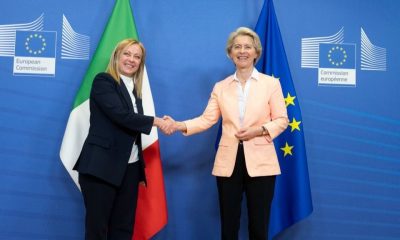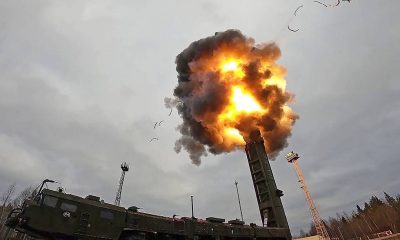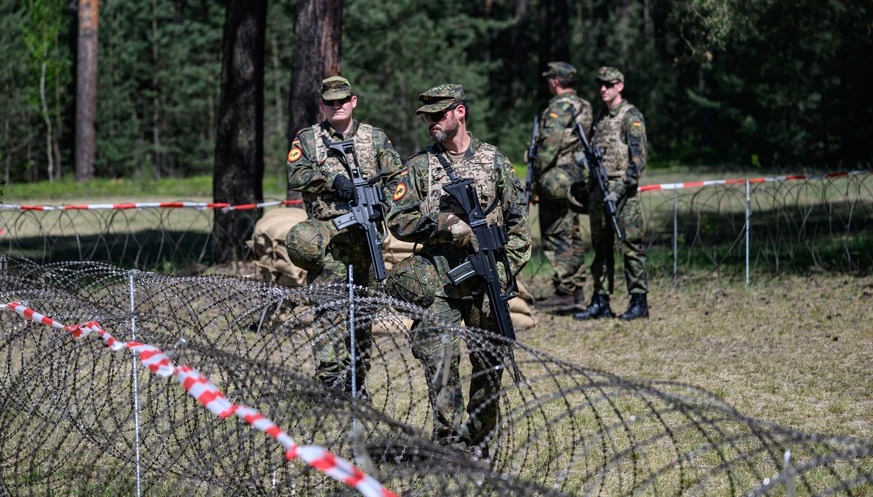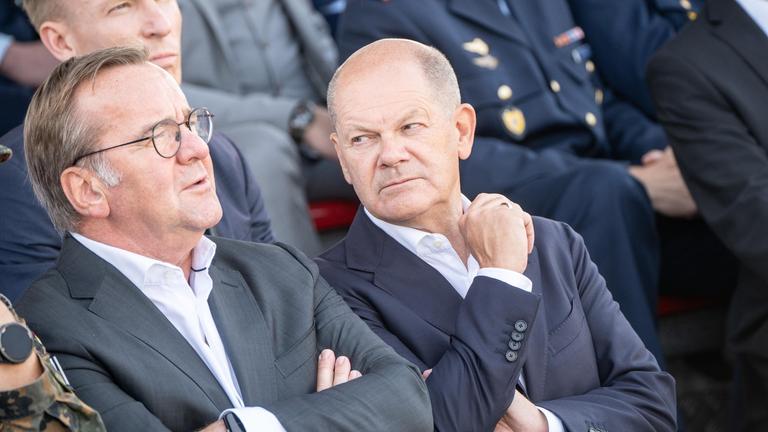Under Ursula von der Leyen’s second presidency, the European Commission will abandon its previous ‘cordon sanitaire’ policy towards the ‘far right’.
Leyen’s new Commission will include two members from the ‘far right’. Raffaele Fitto of Fratelli d’Italia (Brothers of Italy – FdI), the party of Italian Prime Minister Giorgia Meloni, and Olivér Várhelyi, who is close to Fidesz, the party of Hungarian Prime Minister Viktor Orbán.
Fratelli d’Italia is part of the European Conservatives and Reformists (ECR) group in the EP, while Fidesz is part of the Patriots for Europe (PfE) group, which also includes the French National Rally (RN) and the Austrian Freedom Party (FPÖ).
The conservative European People’s Party (EPP), led by German CSU politician Manfred Weber, has repeatedly cooperated with the ECR in the past legislature and explicitly reserves the right to do so in the future.
The cordon sanitaire against the right is practically non-existent
More recently, it has voted with the PfE and sometimes even with the Europe of Sovereign Nations (ESN), of which the German AfD is a member. The traditional border against the ‘extreme right’ (the so-called ‘security cordon’) is thus continuing to crumble.
The security cordon was systematically relaxed by the EPP in the last legislative period. As early as January 2022, the EPP made it possible for an MEP from the right-wing ECR to be elected as one of the vice-presidents of the EP.
A study by the Greens shows that the European Commission under Ursula von der Leyen has relied on MEPs from the ECR and even the more right-wing ID (Identity and Democracy) group in around 340 votes to secure a majority.
According to the study, these demands often included a reduction in the CO2 price for the car industry or the approval of subsidies for fossil fuels.
With the votes of the EPP, ECR and ID, the EPP also managed to block a motion in April 2024 proposing measures to prevent parliamentary staff from being harassed by MEPs.
So, one small step after another, the security cordon was broken.
Breaking point: European right united against Maduro
In September, one of the first votes of the newly elected EP attracted more attention. The resolution under discussion would have recognised Edmundo González, the defeated candidate in the presidential elections in Venezuela on 28 July 2024, as the real winner of the elections.
The resolution in favour of González was tabled jointly by the EPP and the ECR, in which the party of Italian Prime Minister Giorgia Meloni is the largest group.
The resolution was finally adopted with the votes of Orbán’s Fidez, Le Pen’s National Rally (RN) and PfE, which includes the FPÖ, and the ESN, which includes the AfD.
The ‘Venezuelan majority’ at work in the EP: EPP support for the AfD
The so-called ‘Venezuelan majority’ – the large voting majority of conservative and right-wing parties in the EP – has since come into play on several occasions.
This was the case in October, for example, when the European Parliament decided on the procedure for presenting and voting on future EU commissioners. Also in October, the EPP voted in favour of an AfD budget motion proposing the erection of extensive barriers at the EU’s external borders.
The EPP, ECR and PfE also voted to award this year’s European Parliament Sakharov Prize to González and right-wing Venezuelan opposition politician María Corina Machado.
Finally, last week the EPP joined with other MEPs on the right to amend a bill aimed at halting global deforestation.
Sparking outrage on the left, several rebel MEPs from the ECR, PfE, ESN and the liberal Renew group backed the EPP on key amendments.
European Commission President Ursula von der Leyen was elected in July on the basis of an alliance between the EPP, Liberals, Socialists and Greens.
In its second term, the European Commission is abandoning its previous ‘cordon sanitaire’ policy against the ‘far right’.
Leyen’s new Commission will include two members from the ‘far right’. Raffaele Fitto of Fratelli d’Italia (Brothers of Italy – FdI), the party of Italian Prime Minister Giorgia Meloni, and Olivér Várhelyi, who is close to Fidesz, the party of Hungarian Prime Minister Viktor Orbán.
Fratelli d’Italia is part of the European Conservatives and Reformists (ECR) group in the EP, while Fidesz is part of the Patriots for Europe (PfE) group, which also includes the French National Rally (RN) and the Austrian Freedom Party (FPÖ).
The conservative European People’s Party (EPP), led by German CSU politician Manfred Weber, has repeatedly cooperated with the ECR in the past legislature and explicitly reserves the right to do so in the future.
New Commissioners from the right
Raffaele Fitto, a member of Giorgia Meloni’s FdI party, is known as one of Meloni’s closest friends and will be appointed by Leyen as one of the vice-presidents of the EU Commission ‘responsible for cohesion and reforms’.
Hungary, on the other hand, has appointed former Enlargement Commissioner Olivér Várhelyi as a commissioner in Brussels, with future responsibility for health. Várhelyi is very close to Prime Minister Orbán’s Fidesz party.
There is strong protest against Fitto and Várhelyi in the Socialist and Green parliamentary groups, which support the Leyen Commission. It is rumoured that both groups will not support the appointment of the two politicians.
The invisible architect of the right-wing alliance: Manfred Weber of the CSU
The row over future commissioners has come to a head in recent days.
EPP President Manfred Weber (CSU), who is seen as the main architect of his group’s alliance with the ECR and the EPP, could theoretically get two right-wing commissioners approved with a “Venezuelan majority”.
However, if CDU or CSU politicians in the EP vote with the AfD on a key decision, this could be seen as an unwelcome signal shortly before the early German elections.
But as former Italian prime ministers Romano Prodi and Mario Monti said on Tuesday, pressure is growing for the EU to act ‘as one’ at a time when it faces ‘major challenges both in the East and in the West’.
We have a responsibility to make sure that something changes after this election… The majority will very often include the ECR,” German EPP MEP Peter Liese of the CSU also told reporters on Monday.
Liese said he had no “firewall” against the ECR and claimed that Fitto’s senior position had been negotiated as part of an agreement between the main political families in the European Council at the beginning of the summer.
Continued support for Ukraine in return for right-wing MEPs
On Wednesday (20 November), however, the leaders of the European Parliament’s political groups, meeting in Brussels, reached an agreement.
According to this, Fitto and Várhelyi will be allowed to take up the positions in the European Commission that Leyen has envisaged for them, and the Socialists will agree to this.
In return, the EPP promises to cooperate only with ‘pro-Ukrainian’ parties that support the EU and the rule of law.
This means that the old ‘cordon sanitaire’, i.e. the border against the ‘extreme right’, has been replaced primarily by foreign policy conditions.
According to the EPP’s interpretation, there are no longer any obstacles to cooperation with the ECR.
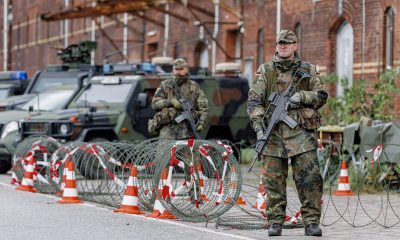
 EUROPE3 days ago
EUROPE3 days ago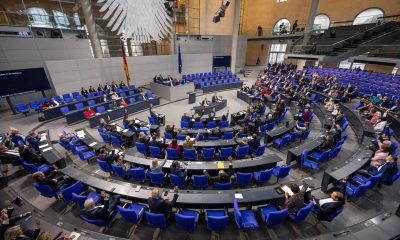
 EUROPE2 weeks ago
EUROPE2 weeks ago
 ASIA2 weeks ago
ASIA2 weeks ago
 AMERICA2 weeks ago
AMERICA2 weeks ago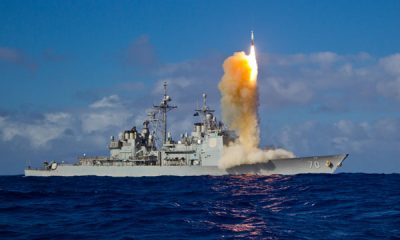
 ASIA2 weeks ago
ASIA2 weeks ago
 RUSSIA2 weeks ago
RUSSIA2 weeks ago
 ASIA2 weeks ago
ASIA2 weeks ago
 OPINION2 weeks ago
OPINION2 weeks ago


